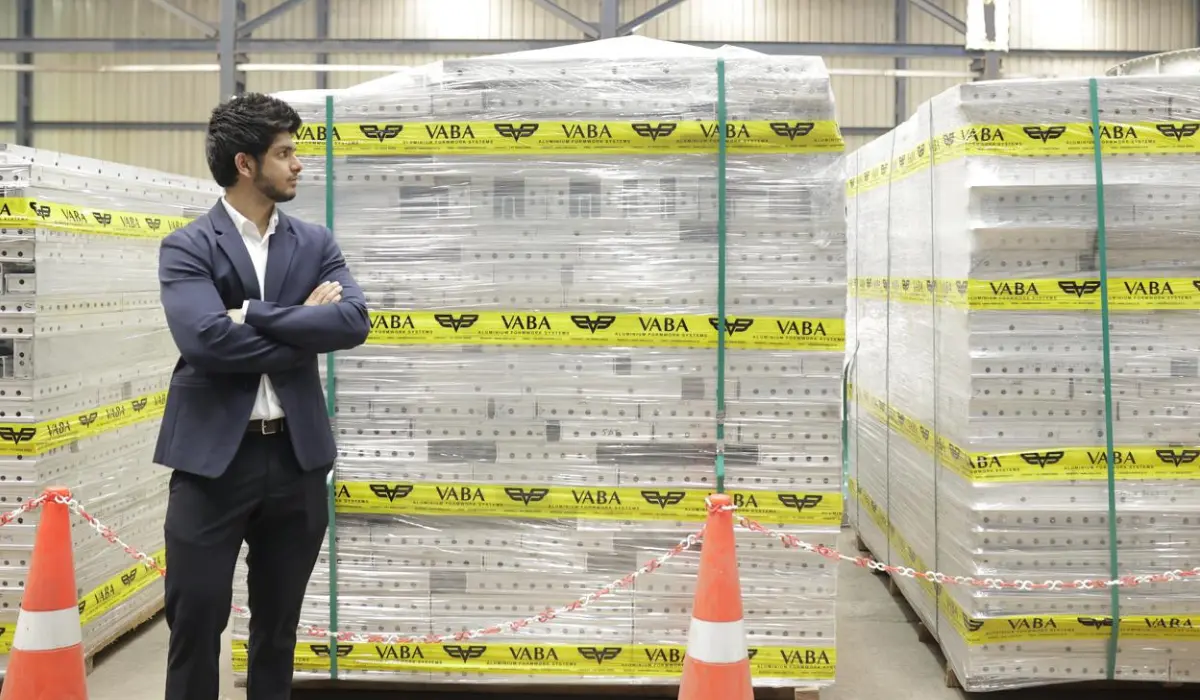
Efficiency and durability is a major concern in the construction industry. If you’re constructing a high-rise building, you’d want to ensure that it has a strong foundation. This has resulted in a shift from traditional formwork to aluminium formwork. From builders to engineers – everyone prefers aluminium formwork as it ensures durability and reusability. What’s more, aluminium formwork is also perfect for building high-precision concrete structures.
With the rising demand of aluminium formwork companies in Pune, the construction industry continues to enjoy significantly fast speed of construction, reduced labour costs, and high-quality finishes. However, there’s a catch.
Building a concrete structure is no easy job. It takes proper planning and execution to counter delays, structural issues, and additional costs.
In this blog, we’re going to explore some of the common challenges that builders face during aluminium formwork installation. We’re also going to provide practical solutions to overcome these challenges. So, keep reading till the end to find out more!
Accurate Planning and Layout Design
- Challenge
Aluminium formwork is a precision-based system. Any errors in the initial planning stage can lead to misalignment, structural inconsistencies, and expensive reworks. If you get the layout designs incorrect, it becomes even more challenging. It can result in improper joint alignment and poor quality finishing. - Solutions
1. Conduct a detailed site assessment before aluminium formwork installation. It’ll help you understand structural requirements and space constraints.
2. Use advanced software tools like BIM (Building Information Modelling) to create a precise design plan and identify potential issues before execution.
3. Work with an experienced formwork designer to ensure accuracy in planning.
It goes beyond saying that poor planning always ends up in poor final results. So, you have to be really smart about how you plan the building alignment and layout design.
Skilled Labour and Training
- Challenge
Since aluminium formwork installation is a precision-based work, you can’t employ unskilled workers for the job. If your workers aren’t trained properly, they might commit mistakes in assembling the components or adjusting the alignment. It can lead to delays in construction. - Solutions
1. Conduct regular training sessions for workers and supervisors on aluminium formwork installation.
2. Hire experienced formwork engineers to oversee the initial installations and guide the team.
3. Provide detailed manuals and on-site demonstrations to ensure workers understand the process.
Don’t shy away from investing in workforce training. It’ll help you with better efficiency and reduced errors during aluminium formwork installation.
Handling and Storage Issues
- Challenge
Aluminium formwork panels are lightweight. While that offers more ease during assembly, it also means that they’re prone to damage. Not storing them properly can lead to dents or bends. This would hamper the reusability and the performance of the panels. - Solutions
1. Store formwork panels in a dry, covered area to prevent exposure to moisture and corrosion.
2. Use protective padding while stacking panels to avoid dents and scratches.
3. Train workers in proper lifting techniques to prevent mishandling and damage.
If you can handle and store the aluminium formwork panels properly, it’d expand the lifespan of the system. For a better structural integrity, proper storage of these panels thus becomes a critical concern for builders.
Ensuring Proper Alignment and Levelling
- Challenge
If the aluminium formwork panels aren’t aligned properly, it can lead to uneven surfaces and gaps. This would damage the structural integrity of the building. Even minor misalignments can lead to significant issues in high-rise constructions. - Solutions
1. Use laser levelling tools to ensure precise alignment of formwork panels.
2. Implement a quality control checklist to inspect alignment at each stage before pouring concrete.
3. Have supervisors regularly monitor the installation process to identify and correct misalignments early.
If you can ensure proper alignment of the formwork panels, it’d make your building incredibly stable. You won’t be needing any post-construction corrections either.
Concrete Leakages and Joint Gaps
- Challenge
If the aluminium formwork isn’t installed properly, it can leave gaps between the panels. Concrete can leak from this gap, which would lead to poor structural integrity and uneven surfaces. - Solutions
1. Ensure all joints are tightly sealed using rubber gaskets or foam strips.
2. Conduct a dry run before pouring concrete to check for any visible gaps.
3. Apply form-release agents correctly to prevent concrete from sticking to the formwork.
Concrete Leakages and Joint Gaps
Aluminium formwork is an advanced construction solution that offers speed, efficiency, and superior quality. However, its successful implementation requires overcoming certain challenges.
By addressing these issues through proper training, quality control, efficient planning, and advanced technology, construction projects can maximize the benefits of aluminium formwork and achieve superior results.